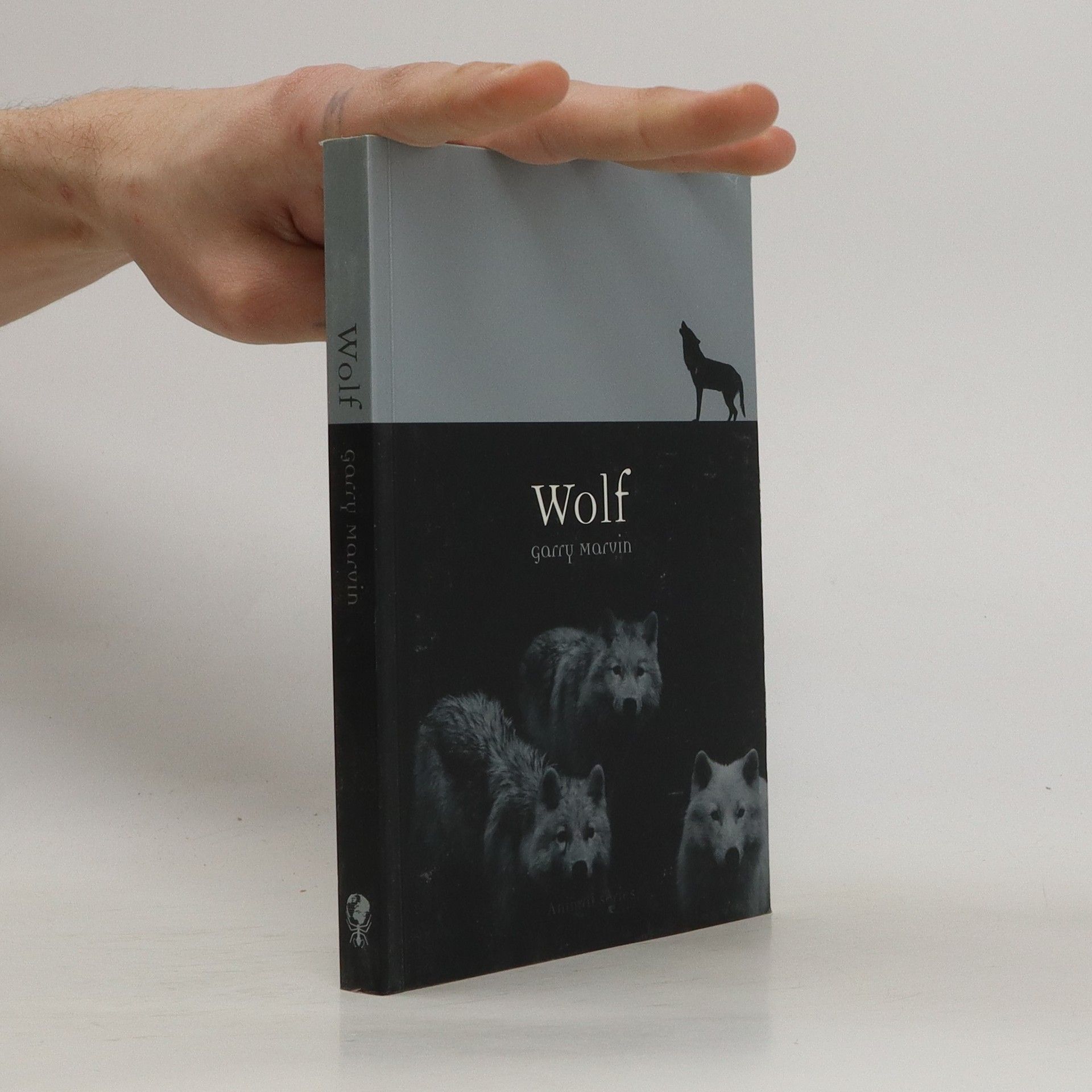Mad to be Normal presents Laing's own words, about his work and about his life. It is the most complete record on Laing, by Laing.
Garry Marvin Livres



Wolf
- 199pages
- 7 heures de lecture
Feared and revered, the wolf has been admired as a powerful hunter and symbol of the wild and reviled for its danger to humans and livestock. Garry Marvin reveals in Wolf how the ways in which wolves are imagined has had far-reaching implications for how actual wolves are treated by humans. Indigenous hunting societies originally respected the wolf as a fellow hunter, but with the domestication of animals the wolf became regarded as an enemy due to its attacks on livestock. Wolves, as a result, developed a reputation as creatures of evil. In children’s literature, they were depicted as the intruder from the wild who preys on the innocent. And in popular culture, the wolf became the creature that evil humans can transform into—the dreaded werewolf. Fear of this enigmatic creature, Marvin shows, led to an attempt to eradicate it as a species. However, with the development of scientific understanding of wolves and their place in ecological systems and the growth of popular environmentalism, the wolf has been rethought and reimagined. The wolf now has a legion of new supporters who regard it as a charismatic creature of the newly valued wild and wilderness. Marvin investigates the latest scientific understanding of the wolf, as well as its place in literature, history, and folklore, offering insights into our changing attitudes towards wolves.
Zoo Culture
- 208pages
- 8 heures de lecture
Why do people go to zoos? Is the role of zoos to entertain or to educate? In this provocative book, the authors demonstrate that zoos tell us as much about humans as they do about animals and suggest that while animals may not need zoos, urban societies seem to.A new introduction takes note of dramatic changes in the perceived role of zoos that have occurred since the book's original publication.